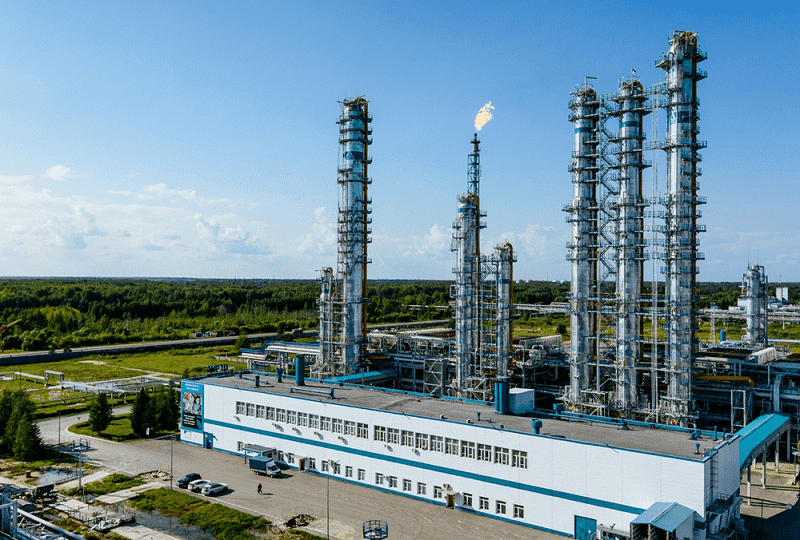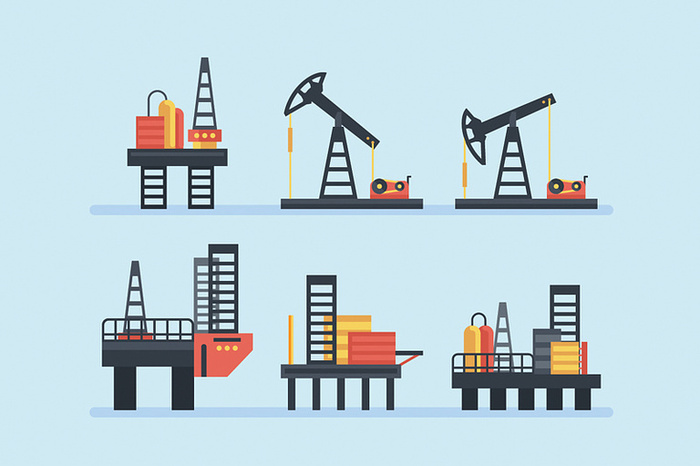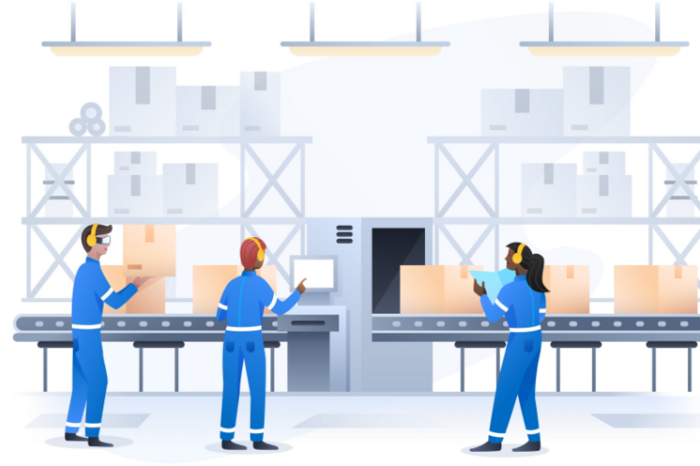We are living in the time of the 4-th industrial revolution, which commenced with the invention of cyber-physical systems. The first three industrial revolutions had created thecurrent infrastructure, had set up mass production and had introduced information technologies to us. The 4-th provides contemporary enterprises with a wide range of technologies and tools, such as artificial intelligence, 3D-printing, robotics, global automation, Internet of things, real-time monitoring systems, highly valuable for safety enhancement and costs cuts.
Forbes predicts that the total revenue of all companies, using so called Industry 4.0 technologies, will have reached $1.5 billion by 2020, moreover, efficiency of such enterprises will see 7-fold rise. Nowadays hi-tech manufacturing is embracing the developing countries most notably: while almost 20% of companies in the Asia-Pacific Region implement cutting-edge technologies in their business processes, it is only 11% and 5% in the USA and in Europe respectively. The age of population also impacts the speed of innovations’ distribution. The more millennials (people who were born between the 1980s and 2000) live in a particular country and are involved in its economy, the faster new technologies become integrated into business and everyday routine.
The real case of an industrial corporation
Manufacture is a dangerous activity, always combined with risks to human life and health. Such enterprises require, on the one hand, skillful general management and a sophisticated monitoring and control system for thousands of workers, and, on the other hand, a high level of business efficiency. All manufacturing companies face specific challenges, such as financial losses due to occupational injuries compensations, a drop in staff loyalty or economic efficiency, and reputational costs. In order to prevent all these undesirable events, firms have to answer following crucial questions. How to identify and evaluate output of each particular employee? How to set up the most appropriate workload? How to decrease costs per unit of production? How to reduce an amount of work accidents?
A customer (a well-established machine-building holding) was looking for a solution for cost reduction, improving business efficiency and decreasing risks to workers’ lives and health. The Navigine team proved that nowadays such problems could be easily solved with the use of advanced digital technologies and innovative software. The final product, a tracking platform, was upgraded and customized specially for this machine-building company. The key features of the platform included traffic monitoring, zone and motion tracking and were implemented through the service for monitoring of tracked objects motion on an indoor map in real time, API for monitoring of objects in each zone of the building and API for monitoring of number and duration of visits of tracked objects to a given point.
The system is based on a clever mix of new technologies and cutting-edge software. Staff and vehicles were equipped with mobile devices with Bluetooth Low Energy (BLE) protocol support. All employees received smart helmets created by Human+, a partner company (other options available on the market include smart watches, tablets, trackers). BLE beacons were installed throughout the manufacturing facility. So the manufacturer obtained an access to a real-time motion system which recorded every worker’s history of movements, marked the building into zones to track movement inside/outside each zone and the number of hits in the zone, facilitated search for employees on the building map. The online-monitoring system improved safety, the personal reports in time about the movements of employees in the territory contributed to the development the most appropriate workload scheme, the movement records assisted in investigating causes of emergencies and accidents.
Another valuable and useful feature of Navigine’s platform is the common web interface, ensuring an opportunity to correct daily tasks in real time and to react to work process and safety protocol violations immediately, as well as simplifying communication between staff members. For example, a dispatcher could schedule or reschedule a particular worker from the central terminal via mobile devices (helmets). The system will signal, if an employee stays in “red zone” longer than needed or doesn’t move during a particular period of time. In a case of emergency such preventive signals are more time-efficient and really could save someone’s life and health.
The program also provided remote asset control, monitoring its movements and simplifying the process of real-time vehicles management.
Results
The tracking platform by Navigine contributes to decreasing the number of work accidents and occupational injuries, as well as to prevention of emergency situations. Due to improvement of work discipline, the overall labor efficiency increased by 20%. Labor costs also declined owing to reducing overpayment for fake working hours.
Instead of a summary – hot trends in Industry 4.0
According to Oxford University research, more than half of all business processes and functions will be automated within the next 20 years. Here are the hottest trends of autumn 2018:
-
Remote monitoring and intelligent service for equipment.
Nowadays all manufacturing processes could be automated and accompanied by a digital double, which is based on big data collected from a production space including such nuances as vibration frequency and sound level.
-
Robotics
Cyber-physical systems have become more and more intelligent, skillful and widespread. Furthermore, such systems could be implemented everywhere: in any industries and enterprises. Contemporary robots, unlike their early predecessors, are able to self-study, constantly develop and effectively communicate with people.
-
Augmented reality
AR-technology opens a prime opportunity for all manufacturers to model, test and customize not only product design, but also the whole production process. A preliminary test of a whole manufacturing system allows to identify the narrow spots and to correct mistakes.
-
Generative design
Generative design is a new trend, an innovation which facilitates the process of new product creation, reduces the time and investment needed for a startup. Generative design is based on a series of different programs, simulating and evaluating thousands of theoretically possible options and choosing the optimal and the most efficient one.
-
Cloud computing
Cloud computing is one of the most significant drivers for industry 4.0. Smart-sensors and devices generate a huge amount of data every day. All this data is collected in clouds for analysis, research, processing and forecasting. More importantly, global Internet of things provides an infrastructure for communication and coordination between different devices for increasing business efficiency or taking over the world.




